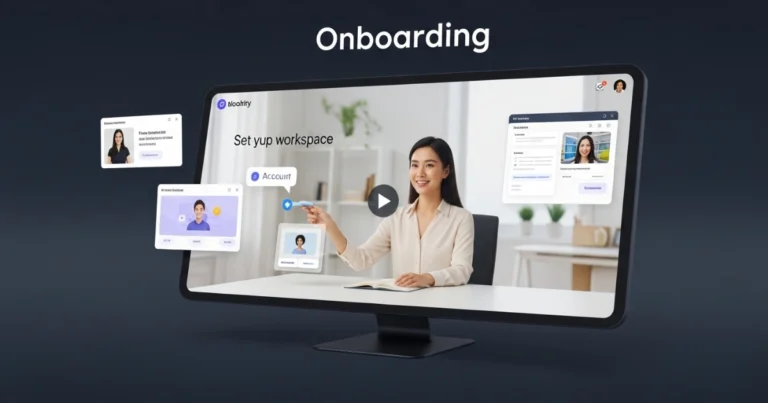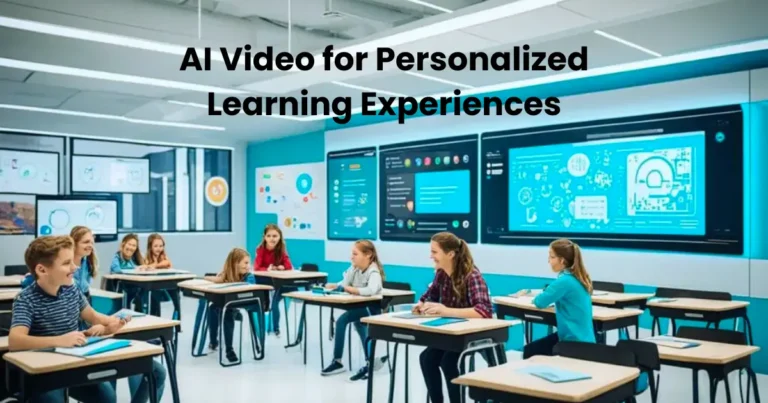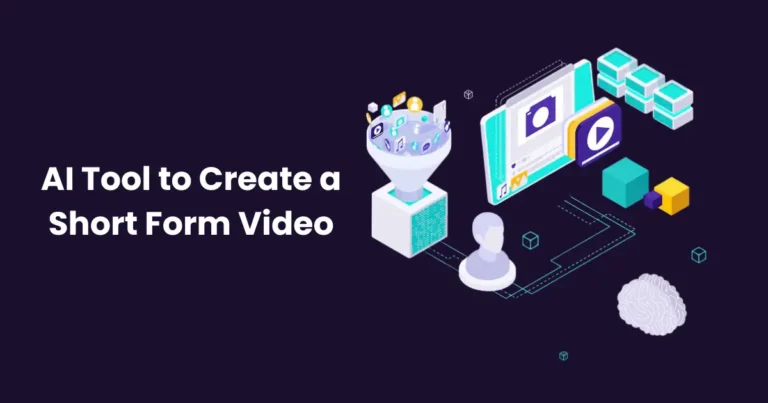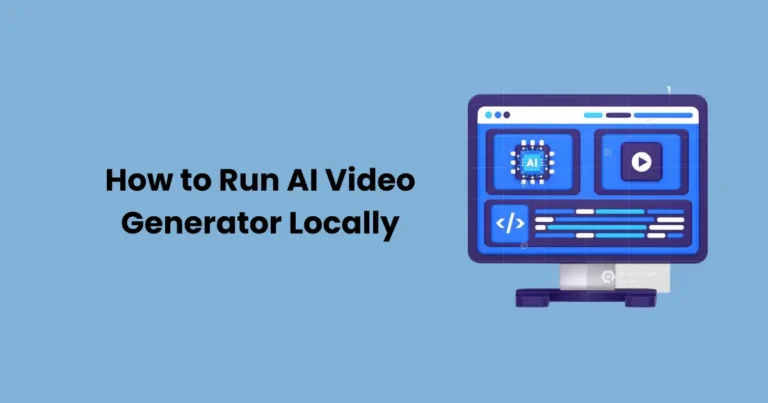The Impact of AI Video on Content Creators Analysis
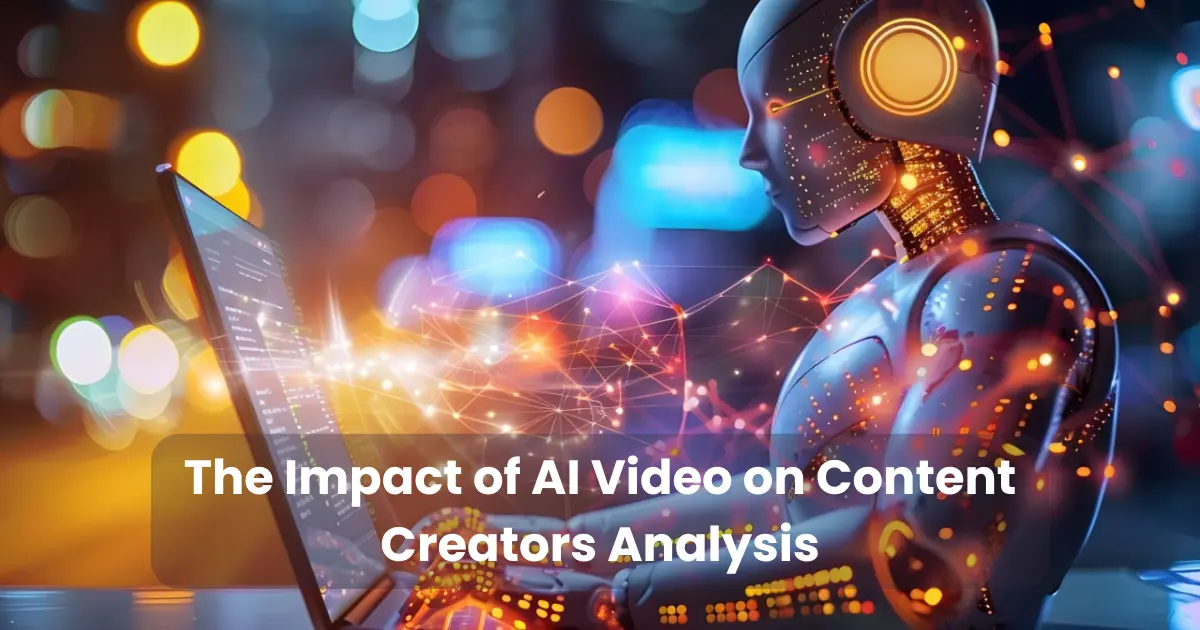
Contents
- 1 What Is AI Video Technology?
- 2 Historical Context: Content Creation Before AI Video
- 3 The Rise of AI in Video Production
- 4 Key Benefits for Content Creators
- 5 Challenges Posed by AI Video Tools
- 6 Case Studies: Real-World Applications
- 7 Ethical and Copyright Considerations
- 8 The Future Outlook of AI Video in Content Creation
Over recent years, the impact of AI video on content creators analysis has emerged as a game-changer in the digital media landscape. Through the integration of artificial intelligence, content production has become more streamlined, efficient, and scalable. As a result, creators are now empowered to generate high-quality videos at unprecedented speed, even with minimal technical expertise. Moreover, the shift toward automation has not only reduced the time spent on repetitive tasks but also expanded creative possibilities. Consequently, content creators across platforms from YouTube to TikTok are leveraging AI tools to stay competitive, grow their audiences, and maintain consistent engagement.
What Is AI Video Technology?
AI video technology refers to the integration of artificial intelligence into various stages of video creation, editing, and distribution. This includes tools powered by machine learning, deep learning, and natural language processing that can perform tasks traditionally handled by human editors, directors, and animators.
To clarify, AI can now write scripts, generate voiceovers, edit clips, add transitions, animate characters, and even create entire videos from text prompts. Popular platforms such as Synthesia, Runway, and Pictory have already been embraced by creators for their ease of use and professional output. For instance, a creator can enter a short paragraph, and within minutes, a polished video featuring a digital avatar and synced audio can be produced.
Moreover, videos can be personalized at scale. With facial recognition, voice cloning, and emotion detection, AI allows content to be tailored to individual viewers—improving relevance and engagement rates dramatically. In fact, repetitive processes such as captioning, background music selection, and facial tracking are now performed automatically, saving time and increasing productivity.
As adoption rises, the impact of AI video on content creators analysis becomes increasingly evident. Not only has production become faster, but it has also grown smarter, more accessible, and adaptive to changing audience preferences. Thus, creators can focus more on strategic storytelling while AI handles the technical workload behind the scenes.
Historical Context: Content Creation Before AI Video
Before artificial intelligence entered the content space, video production was a labor-intensive and time-consuming process. Every element ranging from scripting and filming to editing and publishing required significant manual effort. For individual creators or small teams, this often meant long working hours, high costs, and limited creative capacity.

In traditional workflows, videos had to be edited frame-by-frame. Special effects, transitions, voiceovers, and subtitles were added manually using advanced software, often requiring professional training. Even minor corrections involved re-rendering footage, which could delay publishing timelines significantly.
Additionally, access to high-quality production tools was restricted. Cameras, lighting, green screens, and sound equipment were costly and not always available to emerging creators. As a result, content was primarily dominated by those with resources, leaving little room for independent voices to rise without substantial backing.
Because of these constraints, innovation was stifled, and content frequency remained low. Creators had to choose between quality and consistency. For many, maintaining a regular publishing schedule while ensuring high standards was nearly impossible.
However, with the rise of automation, the impact of AI video on content creators analysis reflects a shift in this narrative. Tasks that once required full production teams are now achievable with a single creator and a few intuitive tools. But to understand the full extent of this transformation, it’s important to examine how AI began reshaping the field.
The Rise of AI in Video Production
As technology advanced, artificial intelligence began making its way into the creative industries, and video production was no exception. What was once a manual, time-consuming process quickly evolved into an intelligent, automated workflow. Thanks to innovations in machine learning and neural networks, AI video tools began offering powerful features such as auto-editing, voice cloning, motion tracking, and script generation—all without the need for extensive human intervention.

Initially, these tools were adopted by marketing firms and enterprises seeking cost-efficient solutions. However, as platforms became more user-friendly, independent creators started recognizing their value. Suddenly, anyone with a laptop could produce high-quality videos, complete with animations, subtitles, and virtual presenters.
For example, software like Synthesia allowed users to create talking-head videos using AI avatars in over 60 languages. Meanwhile, Pictory could turn blog posts into short videos automatically eliminating the need for voiceover artists, editors, or animators. These developments lowered the entry barrier for new creators and gave seasoned ones the ability to scale their output rapidly.
Furthermore, the integration of AI with cloud-based platforms enabled real-time collaboration, asset sharing, and data-driven video optimization. Creators could analyze viewer behavior, adjust thumbnails and titles accordingly, and even A/B test different versions of their videos using predictive algorithms.
Through all these advances, the impact of AI video on content creators analysis became increasingly significant. Not only did AI boost efficiency and creative possibilities, but it also redefined the very way video content is conceived and delivered. Ultimately, this rise has marked a paradigm shift from content being manually crafted to intelligently generated.
Key Benefits for Content Creators
With the rapid adoption of AI tools, content creators are now experiencing transformative benefits that were once unimaginable. These innovations have reshaped not only how content is made but also who gets to make it. From time-saving automation to personalized audience engagement, the advantages of AI video are extensive.

First and foremost, productivity has increased. Tasks that previously took hours such as trimming footage, syncing audio, and adding subtitles are now completed in a matter of minutes. As a result, creators can focus more on ideation and storytelling rather than technical execution.
Secondly, accessibility has improved. Creators without formal training in video production or access to expensive equipment are now empowered to produce professional-grade content. AI platforms come with drag-and-drop editors, script generators, and even voice synthesis eliminating the need for large teams or studios.
Moreover, content customization is now effortless. AI video tools can analyze viewer behavior and recommend changes that enhance performance. Videos can be personalized based on user preferences, improving engagement rates across diverse audience segments.
In addition, scalability has become a reality. Creators can now repurpose a single piece of content into multiple formats shorts, reels, presentations, and more with just a few clicks. This has enabled them to maintain a consistent online presence across platforms like YouTube, Instagram, and TikTok.
Without a doubt, the impact of AI video on content creators analysis reveals a shift toward creative independence and sustainable content strategies. Thanks to AI, creators no longer have to choose between quality and quantity they can now achieve both.
Challenges Posed by AI Video Tools
Despite the many advantages, AI video technology also brings a unique set of challenges that content creators must navigate. While automation simplifies production, it does not eliminate the complexities of creativity, ethics, and originality.

To begin with, creative limitations often arise. Although AI can generate scripts, voiceovers, and visuals, it typically relies on patterns and datasets. This can lead to repetitive or formulaic content, lacking the emotional depth or nuance that human creators naturally provide.
Moreover, authenticity is at risk. As AI-generated avatars and voice clones become more realistic, audiences may struggle to distinguish between human and machine-made content. Consequently, trust in creators could decline if transparency is not maintained.
Another major concern involves copyright and intellectual property. AI models are trained on vast amounts of data some of which may come from copyrighted works. As a result, creators using AI tools might unknowingly publish content that violates legal boundaries, exposing themselves to disputes or takedowns.
In addition, skill dilution is becoming evident. As more creators rely on AI for editing and storytelling, traditional production skills may be undervalued or lost. Over time, this could create a gap between human creativity and machine efficiency, especially in professional settings.
Finally, ethical dilemmas must not be overlooked. Deepfakes, misinformation, and AI-generated propaganda are growing concerns, particularly when video tools are misused. The responsibility to uphold integrity still rests with the creator, regardless of the technology used.
Nevertheless, the impact of AI video on content creators analysis continues to grow, reflecting both progress and caution. It’s clear that while AI offers immense power, it must be managed thoughtfully to preserve authenticity and trust in the digital space.
Case Studies: Real-World Applications
The true value of AI video tools becomes evident when observing how content creators are using them in practice. Across various industries from education to marketing to entertainment AI video has empowered creators to produce impactful content faster, smarter, and more affordably.

1: YouTube Education Channels
Educational content creators like Ali Abdaal and CrashCourse-style educators have started using AI video platforms to streamline production. By utilizing tools such as Synthesia for creating avatar-led lectures, they can now produce multilingual content without filming multiple versions. This has led to wider reach and consistent video delivery, demonstrating how the impact of AI video on content creators analysis extends into online learning and global accessibility.
2: E-commerce Product Videos
Small online businesses and dropshipping brands frequently use tools like Pictory and Lumen5 to convert product descriptions into visually engaging promotional videos. With AI automatically selecting stock footage, voiceovers, and background music, these creators can launch marketing campaigns rapidly often without hiring a production team. As a result, sales funnels are optimized, and content can be generated in bulk across platforms like Instagram and TikTok.
3: News and Media Outlets
Outlets such as Reuters and Bloomberg have explored AI video for rapid news summarization and auto-narrated recaps. Using natural language processing and text-to-video engines, short news segments are produced on-demand, keeping pace with real-time reporting. Although human oversight remains essential, efficiency has improved drastically.
4: Indie Game Developers and Animators
Independent animators are integrating AI tools like Runway ML to animate characters, simulate environments, and edit scenes. These tools offer intuitive timelines and object tracking, which significantly reduce post-production time. Consequently, individual artists can now compete with small studios in visual storytelling showcasing how creative freedom has been democratized.
These examples confirm that the impact of AI video on content creators analysis is not just theoretical; it is already unfolding across content landscapes. By integrating AI strategically, creators are not only improving workflows but also expanding their audiences in ways once limited to large-scale studios.
Ethical and Copyright Considerations
As AI video tools gain popularity, ethical dilemmas and copyright issues have come to the forefront of digital content creation. These concerns are not just theoretical they influence how content is produced, shared, and consumed on a global scale.

First and foremost, copyright infringement is a major concern. AI models are often trained on large datasets that may include copyrighted materials. Consequently, creators using AI-generated visuals, audio, or text could unknowingly produce content that replicates or borrows from protected works. In such cases, intellectual property rights may be violated, leading to legal complications.
In addition, consent and representation must be addressed. AI tools can now replicate human voices and faces with startling accuracy. While this enables realistic avatars and voiceovers, it also raises the question of permission. Using a person’s likeness or voice without explicit consent can breach privacy rights and damage trust.
Moreover, the rise of deepfakes has sparked global concern. These hyper-realistic yet artificially created videos can spread misinformation, harm reputations, and erode public trust. Therefore, creators have a responsibility to disclose when AI has been used, especially in sensitive or influential content.
Another issue involves transparency and audience deception. Viewers have the right to know whether a video was created by a human or a machine. If AI-generated content is not clearly labeled, it can mislead audiences, dilute authentic storytelling, and reduce engagement in the long term.
Despite these challenges, the impact of AI video on content creators analysis highlights that many creators are proactively adapting. Terms of use, licensing agreements, and ethical guidelines are being revised to reflect the new reality. Moreover, platforms are introducing tools to watermark or detect AI-generated media, promoting greater accountability.
The Future Outlook of AI Video in Content Creation
Looking ahead, the evolution of AI video is poised to redefine the creative industry even further. As technology becomes smarter, more accessible, and more intuitive, the role of content creators is expected to shift from manual execution to strategic direction and ideation.

To begin with, real-time collaboration between AI and humans will likely become the norm. AI assistants are already helping with editing, scriptwriting, and visual effects, but future tools may allow creators to generate entire scenes or storyboards through simple voice commands or prompts. This will drastically reduce production cycles and broaden creative possibilities.
Furthermore, hyper-personalization will be enhanced. AI video tools will soon be able to tailor content not only to demographics but to individual user behavior in real time. For instance, a single video could have multiple versions automatically generated for different viewer segments maximizing engagement across platforms. As a result, the impact of AI video on content creators analysis will likely include data-driven storytelling at an unprecedented scale.
Additionally, immersive technologies such as augmented reality (AR) and virtual reality (VR) are expected to integrate with AI video workflows. Content creators will be able to design interactive experiences using AI, allowing audiences to participate in narratives rather than just watch them. This shift could revolutionize marketing, education, and entertainment industries.
However, ethical governance will also evolve. To support this innovation responsibly, regulatory frameworks and industry standards will need to catch up. Expect to see the rise of AI ethics boards, transparency tools, and content labeling systems that help users identify machine-generated media.
In summary, the impact of AI video on content creators analysis shows a future filled with opportunity and responsibility. Those who embrace these tools while remaining authentic and ethical will not only thrive but also lead the next era of digital storytelling.
Conclusion
In conclusion, the impact of AI video on content creators analysis is undeniable. AI tools have revolutionized video production by enabling creators to enhance their workflows, scale their output, and connect with audiences on a deeper level. From simplifying editing processes to enabling hyper-personalized content, the opportunities for creators are vast and continuously expanding.
However, while AI video offers numerous benefits, it also introduces challenges that need careful consideration. Ethical concerns, copyright issues, and the potential loss of creativity must be navigated thoughtfully as this technology continues to evolve.
Looking forward, the integration of AI in video creation promises to further empower creators, democratizing content production and fostering a new era of creative innovation. As we embrace these advancements, it is crucial for creators to remain transparent, ethical, and mindful of their responsibility to audiences. Ultimately, the future of AI video is bright, but it is up to content creators to harness its power in ways that promote authenticity, creativity, and integrity in the ever-changing digital landscape.

